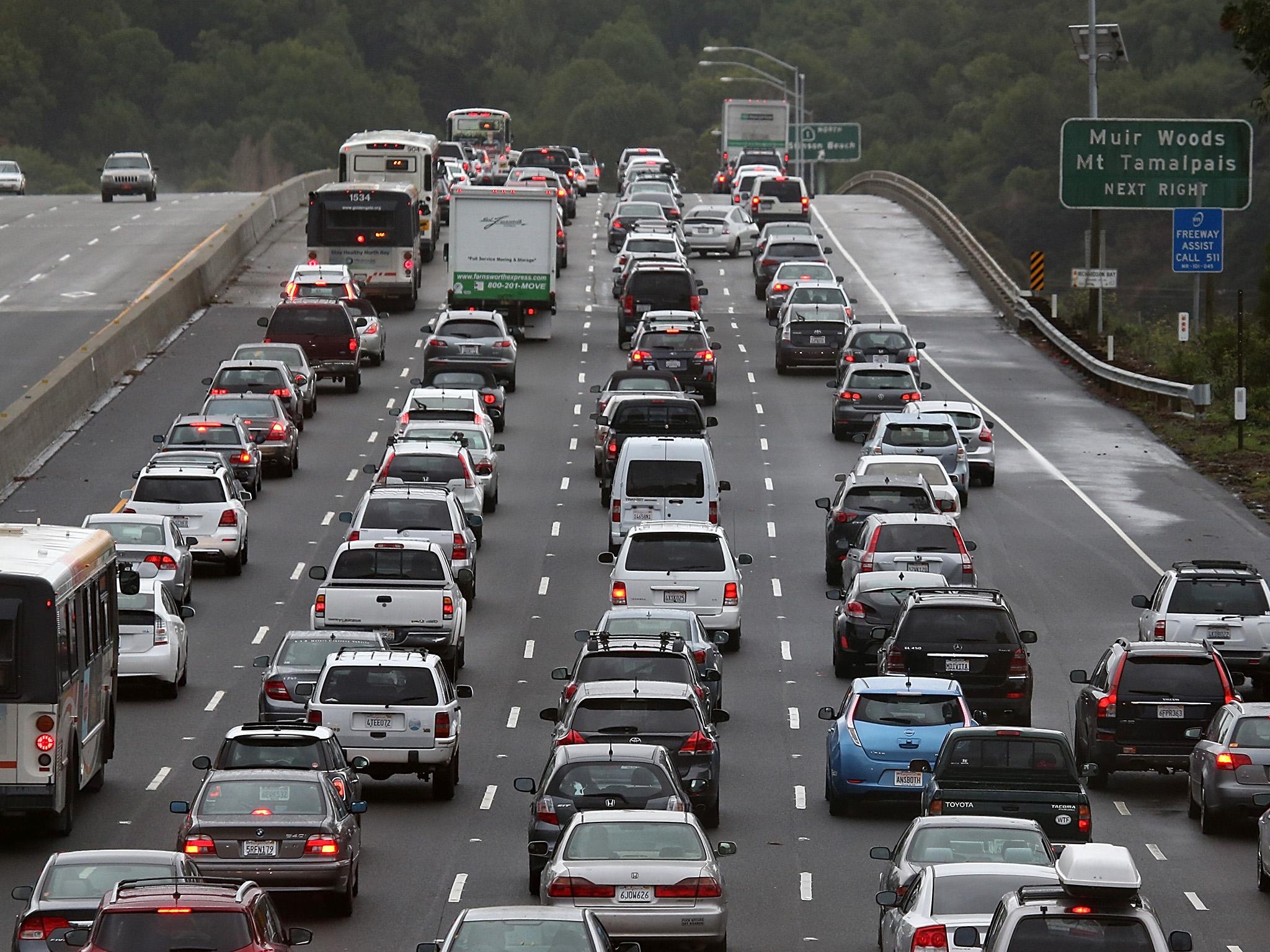California announces plans to produce clean electricity from vibrations caused by passing cars on busy roads
Scientists estimate crystals placed on 10-miles of highway could power an entire city

Your support helps us to tell the story
From reproductive rights to climate change to Big Tech, The Independent is on the ground when the story is developing. Whether it's investigating the financials of Elon Musk's pro-Trump PAC or producing our latest documentary, 'The A Word', which shines a light on the American women fighting for reproductive rights, we know how important it is to parse out the facts from the messaging.
At such a critical moment in US history, we need reporters on the ground. Your donation allows us to keep sending journalists to speak to both sides of the story.
The Independent is trusted by Americans across the entire political spectrum. And unlike many other quality news outlets, we choose not to lock Americans out of our reporting and analysis with paywalls. We believe quality journalism should be available to everyone, paid for by those who can afford it.
Your support makes all the difference.Scientists in California are devising a way to turn energy from traffic jams on the state's crowded highways into clean electricity.
Piezoelectric crystals generate an electrical charge when compressed, and the California Energy Commission will invest $2 million to find out whether the technology can be used on a large scale.
It is believed thousands of the crystals could be embedded in road tarmac across California and used to convert mechanical energy from passing vehicles.
Researchers have estimated crystals positioned on a 10-mile stretch of highway could generate enough electricity to power the city of Burbank, with a population of over 100,000.
The energy commission confirmed it is currently seeking a university or private company to explore the potential costs of such an undertaking, and to discover whether the crystals could withstand the weight of traffic over a number of years.
Los Angeles assembly member Mike Gatto proposed the project, and said in a statement: "I still get stopped on the street by people who ask what happened to the idea of using our roads to generate electricity.
"California is the car capital of the world and we recycle just about everything. So why not capture the energy from road vibrations and put it to good use?
"Thirty years ago, no one would have believed that black silicon panels in the desert could generate 'solar' power. Piezoelectric technology is real and I am glad the state has finally acknowledged its potential in becoming an energy source," he added.
A report by the energy commission from 2014 stated: "If piezoelectric‐based technology has the potential to match the performance, reliability and costs of existing or emerging renewable energy sources, then it can potentially diversify California's resource portfolio and ultimately increase grid reliability and reduce costs to ratepayers." Despite this, the project was put to one side and has never been seriously considered.
California has a goal of producing 50 per cent of its electricity with renewables by 2030, and the successful use of piezoelectics would certainly go some way to achieving this.
The technology has been around since after the Second World War, and its potential uses have been extensively explored by Japanese and Israeli scientists, but it would be the first time the crystals have be used in such a large project.
Since 2009, all the displays at the East Japan Railway Company's Tokyo station have been powered by people walking on the piezoelectric flooring.
Last month, a study by New York University revealed more protective air quality standards could prevent 3,632 deaths a year from pollution in California.
Join our commenting forum
Join thought-provoking conversations, follow other Independent readers and see their replies
Comments